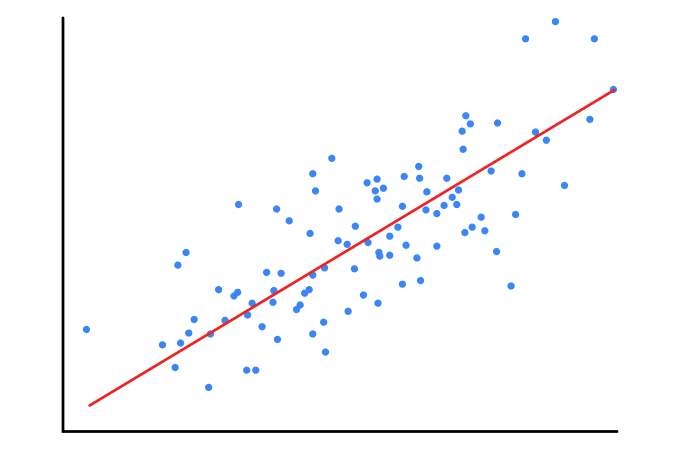Linear Regression (Gradient Descent Method)
If you don't have any idea of Gradient Descent Algorithm, please check our previous post, there I have explained Gradient Descent Algorithm very well explained in brief.
Now moving toward our current topic Linear Regression . In the previous post , we have just discussed the theory behind the Gradient Descent. Today we will learn Linear Regression where we will use Gradient Descent to minimize the cost function.
WHAT IS LINEAR REGRESSION:
Suppose you are given a equation: y=2x1+3x2+4x3+1 and you are said to find the value at any point (1,1,1) corresponds to x1, x2, x3 respectively.
You'll simply put the value of x1, x2, x3 into equation and tell me the answer :10,Right?
But What if you are given different set of (x1, x2, x3,y) and you are said to find the equation.
Here's what,Linear Regression Comes into picture.It helps us to find out or fit a Linear equation to datasets given.
Above equation can be easily transformed to following form.If we suppose:
θ=[2,3,4]
X=[x1, x2, x3]
c=1
Above equation can be written as : Y=θ.X+C
Linear Regression help us to find the value of θ and c
For this post we will be limited to a single line equation, multidimensional linear equation can also be done in similar way.
X Y
2 7
3 10
4 13
5 16
After Seeing above data set, we can clearly say ,there is a relation ,
Y=2*X +1
is there.But how will we get above equation using linear regression , will try to understand in this post.
- Assume a line yp=mx+c
- Cost Function : Our cost function is Measured Squared Error(MSE) i.e Average squared difference of observed value and predicted value.
Cost Function=Mean Squared Error(MSE) = (1/n)Σ(y - yp)2
J(m,c) = (1/n)Σ(y-(mx+c))2
J(m,c) is our cost function now which depends on m and c, as z was depending upon x and y in post of gradient descent.
Now,
For Gradient Descent we need:
For Gradient Descent we need:
∂j/∂m=(-2/n)Σ(x*(y-(mx+c)))
∂j/∂c=(-2/n)Σ(y-(mx+c))
Assume,


Comments
Post a Comment